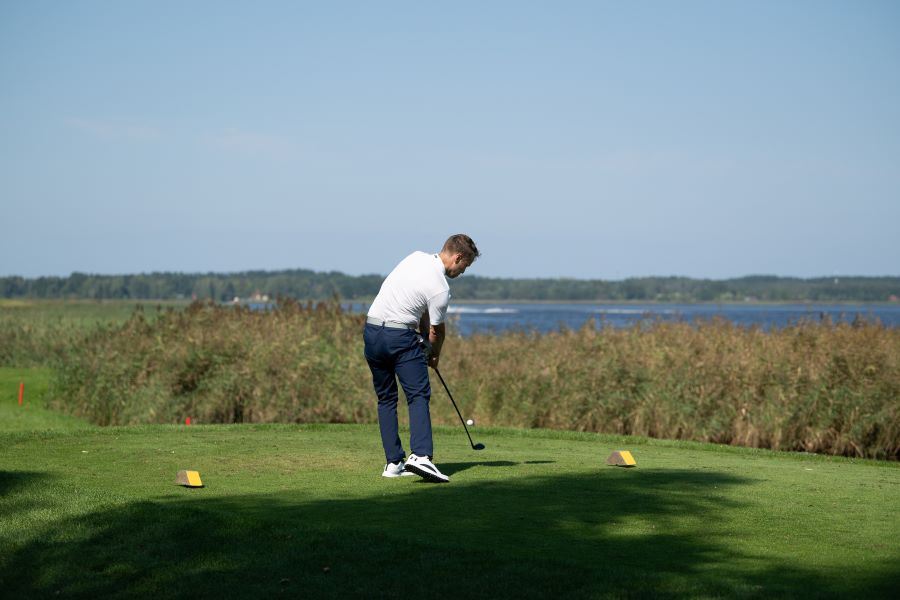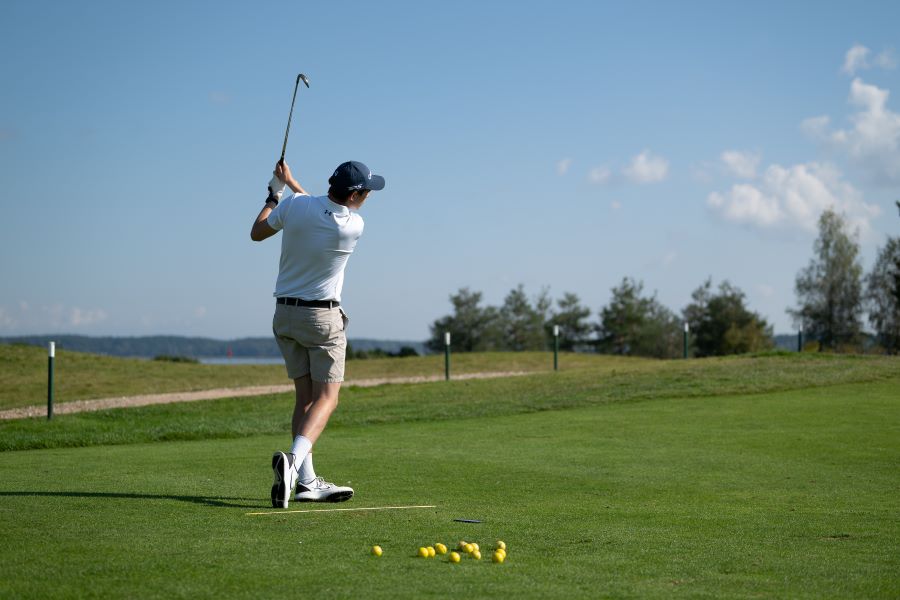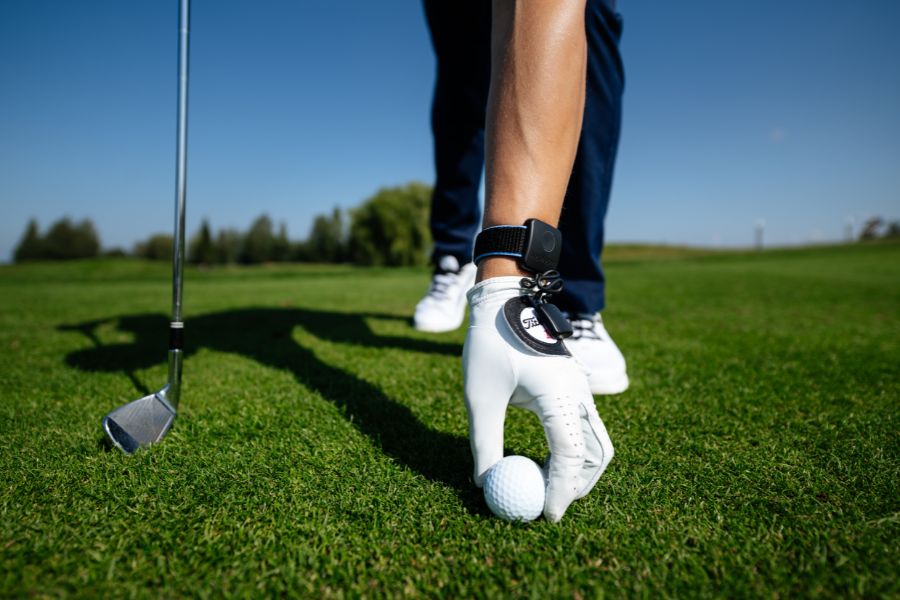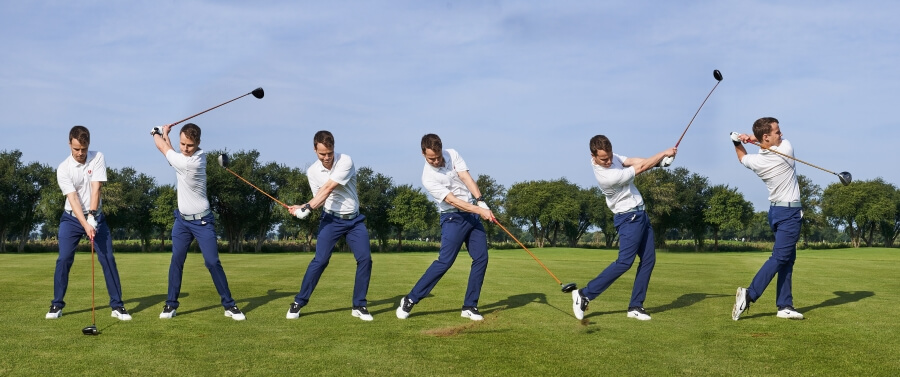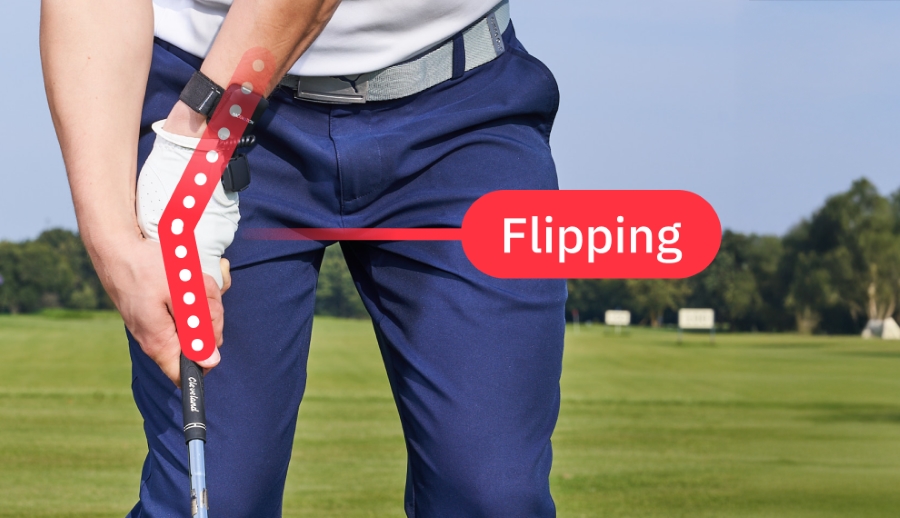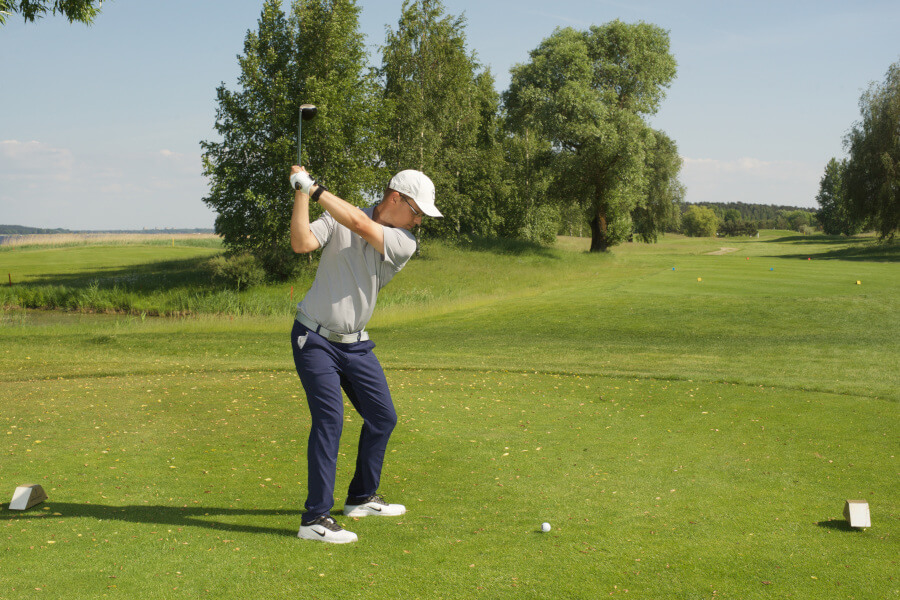Fixing a Snap Hook: Actionable Drills & Steps to Improve Your Swing
A snap hook in golf is one of those mistakes you just can’t play with. Snap-hooking tee shots or even approach shots will leave you wanting to walk off the course and call it a day.
One thing you’ll learn about these extreme misses in golf is that their fixes can often be minor. Sometimes, a simple grip or swing path adjustment could be causing this type of shot.
We’ll take a look at how to fix a snap hook quickly and efficiently so you can get your shots back in the middle of the fairway.
How to Fix a Snap Hook (Key Takeaways)
If you don’t have time to read the entire guide on how to fix a snap hook, here are the most important points to take with you right now:
- Overactive hands and wrists or overrotation of the forearms can cause a snap hook. Learning correct wrist action with the HackMotion can help fix this.
- Check your grip to ensure it’s not too strong. Overcorrecting a slice can lead to a snap hook if you’re not careful.
- Timing and tempo need to be controlled to eliminate the snap hook. Getting too quick on the takeaway or in transition can cause the clubface to close relative to the swing path.
- Practice wrist training drills where your lead wrist is flat through impact; too much flexion may cause a snap hook.
Contents
What Causes a Snap Hook?
At this point, your most important task is fixing the snap hook, so don’t worry too much about the causes right now. However, once you’ve corrected it, keep these causes in mind so they don’t happen again:
- A strong grip can lead to over-rotation of the clubface.
- Overactive hands and wrists can cause over-rotation of the clubface; too much flexion in the lead wrist at impact can cause the clubface to shut down.
- An inside-out swing path takes the club too far inside and can leave the clubface closed at impact.
- Poor weight transfer toward the lead foot, instead of hanging back on the trail side, can cause an early release and a snap hook.
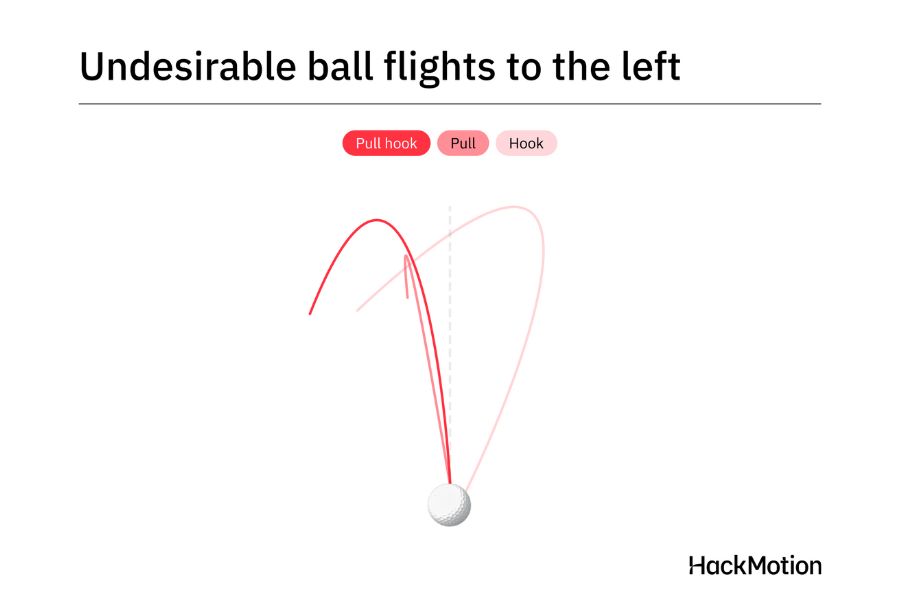
4 Simple Steps & Drills to Fix a Snap Hook
Now that we have the causes out of the way, here are the best fixes for a snap hook.
Each of these fixes has drills and tips to help you get to the heart of the issue much quicker. Using HackMotion is like having a coach with you as you work through the best ways to fix a snap hook.
1. Get Your Grip Strength Correct
Some golfers have a stronger grip because they don’t have the wrist and hand strength to square the clubface through impact. However, if you hit a snap hook, your wrists and hands are strong.
The key for you may be that the grip is too strong.
You’ll want to neutralize the grip. For right-handed golfers, the goal is to turn the hands slightly to the left.
This will bring your left and right hand a little more on top of the club and give them a less active role through impact.
2. Wrist Action and Position Fixes
To hit a snap hook your club face will be closed at impact.
The wrists control the clubface, so to get to this position, you’ll find you have too much flexion in your lead wrist.
This extra flexion is likely in place at the top of the backswing and then just worsens through impact.
The lead wrist should be flat at impact, not overly flexed. You can work with HackMotion to check if your lead wrist position is correct at the top of the swing and then again at impact.
Swinging with a ball between your forearms can ensure you don’t get too flexed at the top of the backswing. You’ll drop the ball if you start rotating the wrists incorrectly.
3. Fix the Swing Path
The snap hook is likely a cause of the inside to out swing path with a closed clubface. Most golfers take the club too far inside on the takeaway and then never get it fixed in the backswing.
One of the most common reasons for this is a takeaway that happens too quickly.
By slowing down the takeaway and feeling like you keep the clubface square to the target just a second longer as the club comes back.
The drill shown in this video helps you keep the clubface out and away on the takeaway without the hands rolling or separating from the body.
4. Transfer Weight Right From the Top
A delayed weight transfer can mean that the closed clubface gets to impact before your weight has made it.
If you are finishing on your trial foot leaning away from the target as your golf ball snap hooks to the left, there is something you should see.
Take a look at your wrist position at the top of your backswing, chances are it’s flat to slightly flexed – a good position to be in.
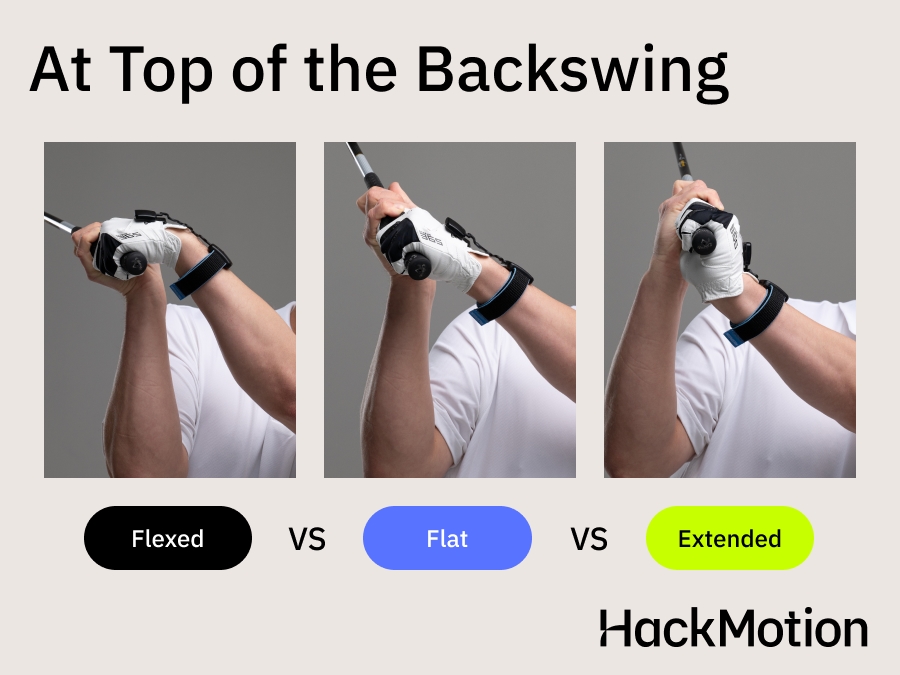
From here, nothing is left to do but rotate your lower body through impact and transfer all of your weight to the lead side.
Look at a swing like Dustin Johnson or Collin Morikawa, and you’ll notice that the position they get into at the top allows them to rotate through impact and transfer weight without hesitation.
If you snap hook, you are not letting that lower body rotate and transfer weight the way it should.
To fix this, first use the HackMotion to check your wrist position at the top. When you are flat or slightly flexed, it’s time to start transferring the weight more efficiently from the top.
Some golfers work on a step drill, but this shoe drill is very effective and helps you get the feeling of how you should be transferring weight through impact.
Additional Drills to Fix Snap Hook in Golf
If you need a few more drills to work on to get rid of the snap hook, here are some that can help.
Swing Path Control Drill
If you have an extra golf club box lying around, you can work on this swing path control drill. What is great about this drill is the ability to fix your swing path on the takeaway and the downswing.
Using a box like this won’t damage your club should you accidentally make contact with it.
- Video Timestamp – 1:10 – 2:45
Swing Path Control Drill – Step by Step:
- Set Up the Obstacle: Place a box or headcover just outside the ball, about one-fifth of a shaft length from the bottom of your club.
- Rehearse the Motion: Make slow swings avoiding the box by swinging slightly from the inside on a shallower path.
- Feel the Hand Action: As the club reaches parallel to the ground, feel your trail hand push the club out over the target line while the lead hand pulls inward.
- Start Slow, Then Hit Balls: Begin with dry reps, then hit shots while continuing to miss the box with the clubhead.
- Remove the Box: Once comfortable, remove the box and try to replicate the same motion without the external guide.
Distance to the Ball Check
If you remember, we said that some of these mistakes that lead to a snap hook can be caused by simple things like standing too far from the ball.
This drill will help you find the proper distance to the golf ball and ensure you are creating a space to swing the club through on the proper plane.
Conclusion
At this point, you have all the tools you need to fix your snap hook. Wearing your HackMotion will help you fine-tune your wrist angle and clubface control.
Many golfers can’t get their clubface to a closed position at impact. In that regard, you are ahead of the game.
HackMotion will make sure you don’t overcorrect the issue and leave yourself with an open clubface at impact. The goal is to turn the snap hook into a draw that you can hit consistently.




